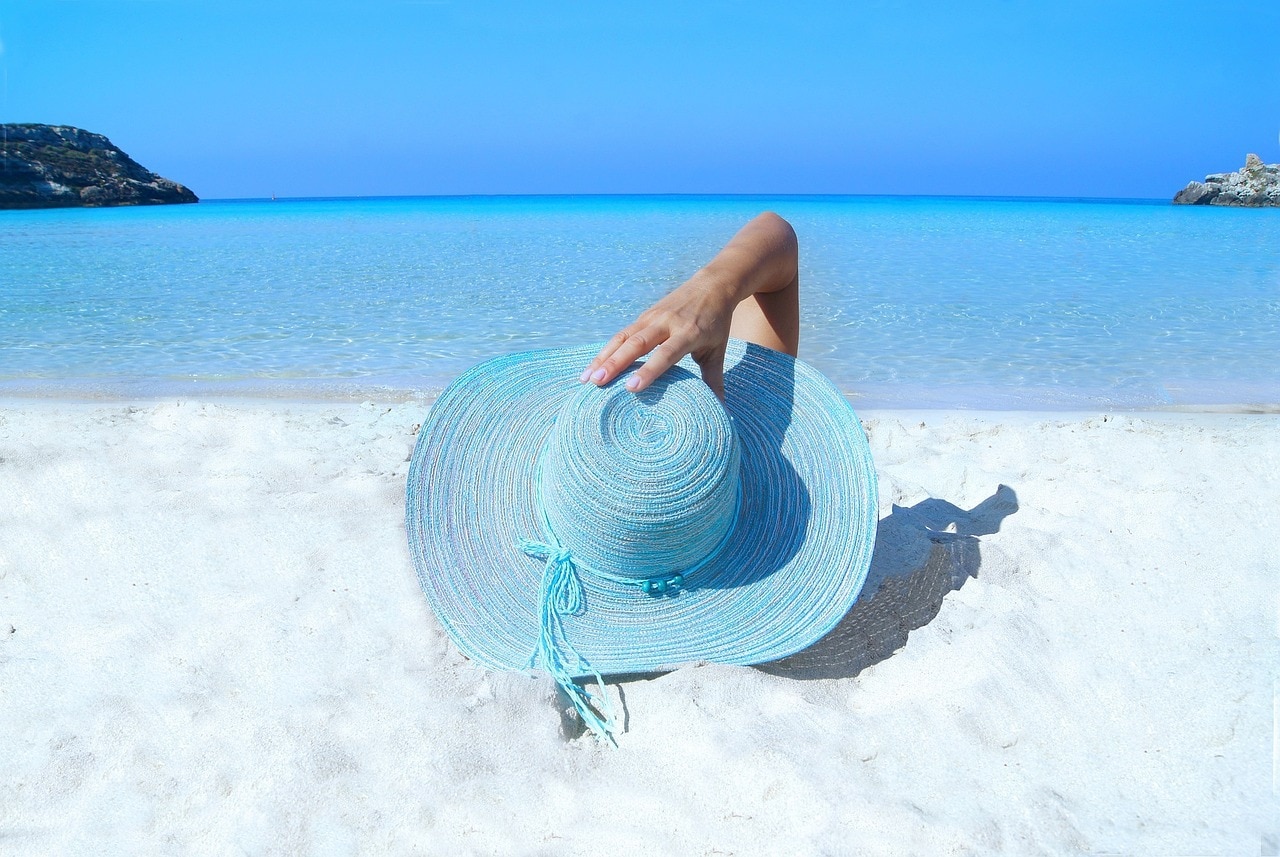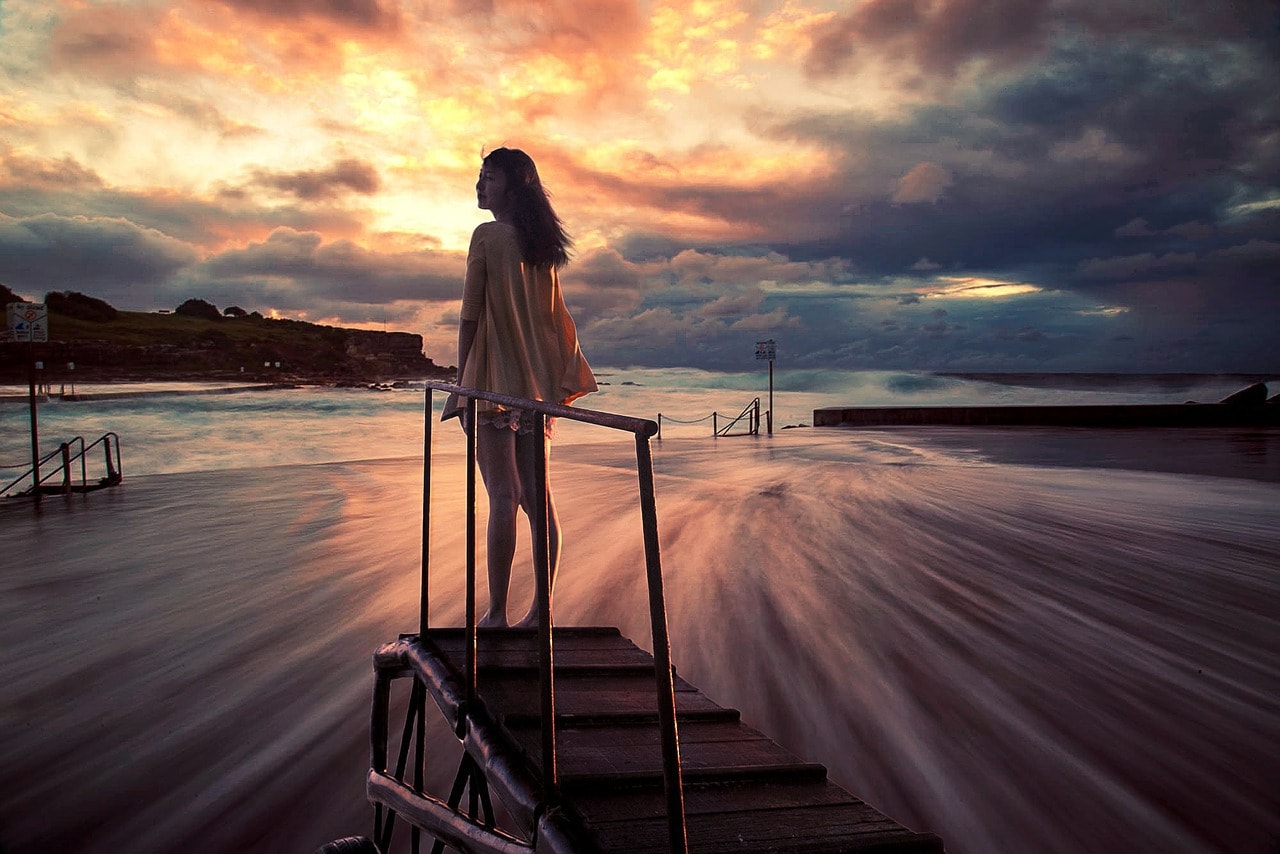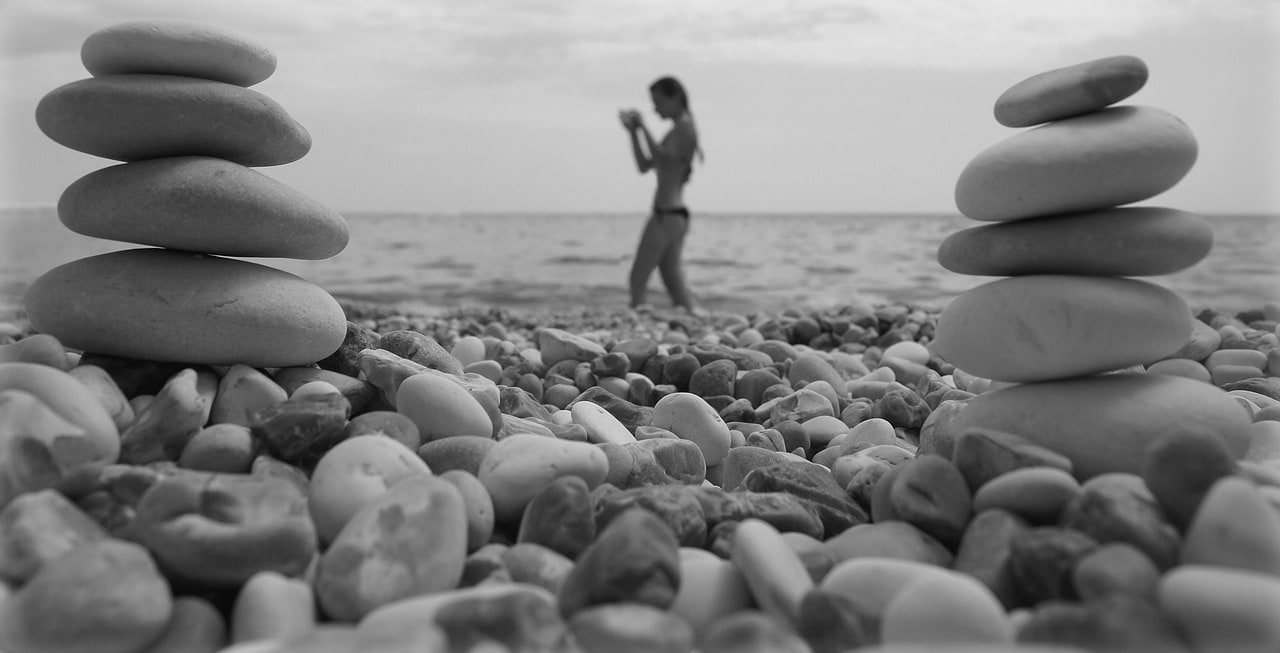When the good weather arrives, it is almost impossible not to take the opportunity to spend a few days at the beach. And as a good lover of photography, it is even more impossible to go spend a few days at the beach and not go crazy taking portraits on the beach of your loved ones, friends, pets, grandparents, children or whatever your models are ? Now then Surely it is not the first time that you return home and you are somewhat disappointed with the images. And you think and look that there are cool photos of the beach and I have been fatal , without grace, without interest, with shadows under the eyes, burnt, dark or who knows. All in all, a bit of a mess. But do not be discouraged because, although it is true that the beach is not a place that will make it easy for you, we are going to stand up to it in this article.
But before continuing, if you are interested in this discipline, do not miss the very complete guide on portrait photography where we tell you all the tricks, tips and inspiration, much more than you can imagine.
Now yes, here are some very simple tips so you can get incredible portraits of your beach vacations .
- Use a parasol
- control the horizon
- Choose carefully the optics that you are going to use
- Choose an open diaphragm aperture
- Sunrises and sunsets, perfect for portraits on the beach
- Avoid central hours of the day
- And if you can't...
- The water and the portraits on the beach
- Experiment with different points of view
- Take care of the composition
- Take advantage of cloudy days
- Choose the right measurement mode
- think before you shoot
1. USE A SUNSHADE
First advice and the simplest ? Try not to leave the parasol at home. Wearing it will prevent the dreaded flares or lights that leave spots or rays of light on the sensor from slipping through your lens.
2. CONTROL THE HORIZON
If you have decided to include it in the frame, make sure that it is not crooked. While you can easily fix this in processing, any changes will alter your framing, so as always, anything you get right from the start will improve the image quality of your photos.

3. CHOOSE THE OPTICS YOU ARE GOING TO USE CAREFULLY
The recommended lenses for portraits are usually those with a medium-long focal length (from 70 mm onwards for FX sensors) and with large apertures (from f/1.2 to f/2.8) although, of course, if we do not have any this style, we will shoot with what we have without problem ?
4. CHOOSE AN OPEN DIAPHRAGM APERTURE
Since we are taking portraits and we are interested in highlighting our model, it would be interesting to play with a shallow depth of field or area in focus in the image. This is achieved by configuring our camera according to the aperture of the diaphragm . The more open the diaphragm is (f/1.2, f/1.4, f/2, f/2.8…), the more light will enter the image and the shallower the depth of field. That is, we can blur the background and thus isolate and highlight our model.
5. SUNRISES AND SUNSETS, PERFECT FOR PORTRAITS ON THE BEACH
If you really want to take good portraits on the beach, you will have to get up early, or wait for sunset to have the best portrait lights. In those hours the light is soft and warm , casting long shadows and enhancing textures .

6. AVOID THE CENTRAL HOURS OF THE DAY
Not only for your skin but also because the results are usually quite bad during these hours. The light is harsh, the shadows are very marked, the angle of light falls on the zenith (from above) terribly marking dark circles, shadows under the nose... The least photogenic there is to take a portrait.
7. AND IF YOU CAN'T…
LOOK FOR A SHADOW
The shadows reduce the contrast between lights and shadows, thus softening and eliminating those terrible shadows under the eyes, nose, chin... Although an umbrella can limit your framing and composition quite a bit, make the most of it.
USE A REFLECTOR
Yes, you will tell me that you only needed to take that to the beach, with the amount of things you already carry, but the truth is that it will be very good for you and it does not take up too much. If in addition a couple of friendly hands lend a hand to bear it... ? A reflector will allow you to fill in and soften the shadows in your portraits and is part of the basic photographic equipment for any photographer interested in portraits.
USE FILL FLASH
Another system to eliminate those unwanted shadows produced by harsh overhead light is using your camera's fill flash. With a slight touch of flash, you will maintain the ambient light and evenly illuminate the face, thus erasing the shadows.
EXPERIMENT WITH BACKLIGHTS
They say if you can't beat the enemy... join him . Well, this is one case where you can take conventional wisdom for granted. If there is no way to expose well, if the photos come out too burnt here and dark there, why not give up and take advantage of the great potential of backlit photography ?
8. THE WATER AND THE PORTRAITS ON THE BEACH
Various things with the water. The first and most important is that salt water is very harmful to cameras, so be very careful with the splashes. The second is that you can use it to add depth to the image, to play with the reflections, or to photograph your models inside it, jumping, splashing (preferably not you ? ), playing or whatever you like. You are on a beach, who does not enjoy splashing in the water in summer? ?
9. EXPERIMENT WITH DIFFERENT POINTS OF VIEW
To add a touch of originality to your portraits, don't forget to look for original perspectives, chop, counter-shot, drop to the ground, photograph from above, play with perspective , etc. I guess you're going to have a good time at the beach, right? Well, take the opportunity to experiment.

10. TAKE CARE OF THE COMPOSITION
- What you are not interested in appearing in the frame, do not leave it. You can open the aperture , change the frame or get closer to the subject. Whatever, but remember to control the background , not doing so can completely ruin your image.
- Fill the frame : Don't be afraid to get close.
- If you include the horizon in the image, remember the law of the horizon
- Use the rule of thirds (without abusing it). It will save you on more than one occasion, but it can also be somewhat boring if you don't accompany it with interesting elements.
- Focus on the eyes. Focus on the eyes. Focus on the eyes . ? Unless you want to deliberately highlight some other element of the face.
- Take a look at this article with no more and no less than 15 composition tricks for portraits .
11. TAKE ADVANTAGE OF CLOUDY DAYS
The light is more diffuse and does not create such accentuated contrasts on the face, so it will allow you to work more freely.
12. CHOOSE A SUITABLE MEASUREMENT MODE
It will depend on how the light bathes the scene, whether it does so in a homogeneous or highly contrasted way and, above all, it will depend on what you want the result of your photography to be. Basically you can choose between punctual, matrix or weighted to the center. More information here ?
13. THINK BEFORE YOU SHOOT
This is the universal tip for any photography, and by far the most important. Just stop and think, look around you and decide what you want and how you want it. From here, make all the decisions you consider appropriate to accompany your idea.
How about? Do you read to me from the beach? Do you prepare for it? Or do you just know someone who needs some of these tips to get some great vacation pictures? Then feel free to share it on your favorite social network. Thank you very much and until next time ?


